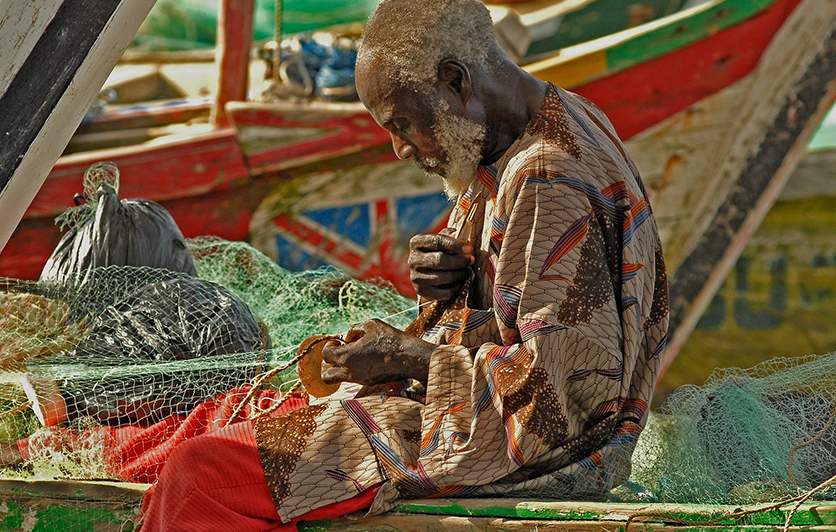-
Home
- Home Wilai
- Wilai

Wilai
"I was born in 1952, the sixth child of the family. My nickname is Lha, which denotes the youngest child, but it turns out that there are two more children who were born after me. Although I graduated from the faculty of education at Chiang Mai University, I didn't become a teacher. I helped out at my family handicraft shop, a store my father founded. Most of the things we sold were fabric-related, since my father was a design teacher specialized in silk brocade. <br><br>
"The creative genes I inherited from my parents allowed me to be where I am today. As a child, I had very little training in art and design. The handicraft skills I knew were only the basics I learned in secondary school. My interest was piqued began when I was working for my father. I was lucky to see many different types of handicrafts and meet with other craft advocates from Thailand and around the world. When I was a child, I asked myself if this was the only way to make things. After that, when I got back from school, I started making experimenting, creating designs from fabric scraps. <br><br>
"Memories of my childhood shape my perspective, ideas, and who I am as a designer. I can still recall the freshness of morning air, the beautiful misty sunrises, and the friendly morning market of Phrao in Chiang Mai, where my grandmother lives. It was a small rural town with no electricity, but full of compassion and forgiveness. Countless summers of my childhood were spent there, where I learned to use things more sustainably, and to love and be respectful of nature. I grew fond of the simple but meaningful way of life that my grandmother and my mother lived. These are the core values I carried into my work. <br><br>
"In 1987, I set up my workshop to create textile items for my family and also make eco-friendly, handwoven home decor items. I used remnants and fabric scraps, just to make my work different. <br><br>
"My latest collection is eco-printed with a unique technique known in the local dialect as <i>ouke,</i> a Northern Thai word that means 'ripen by heat.' The first step is to collect the leaves and ferment them, soaking them in water for two to three night. Then I then paste them on white cotton fabric and roll or fold it tightly to finish before placing it in a steamer or boiling pot for a night or two. Overall, one batch takes up to five nights to finish. The most fun comes when I unfold the cloth and peel away the leaves because, when we start, we don't know what the cloth will look like when finished. <br><br>
"I began using the ouke technique during in the rainy season of 2017. One day while I was in the workshop, a manager pointed at the leaves on the floor ? deciduous tree leaves that had rotted on the cement floor. Other people might not be attracted to a stain on the floor. But then I realized, 'Oh, if the cement floor is still colored, this can be done on fabric, too.' <br><br>
"Because I work with a natural material, many factors affect the color and pattern. The time when the leaves are collected and the individual substances used to ripen the leaves can all control the color intensity. Even the methods of steaming or boiling give different results. If the fabric is boiled, there will be fuzzy patterns and stained colors, but steaming is required if you want freshness and clarity of pattern. This is what I have learned throughout my two years of testing. <br><br>
"My success is not because I am smart, or have creativity. We have come this far because we have three principles. First, we add value by upcycling. Second, we create 100 percent handmade designs. We let villagers work to preserve their local wisdom and strengthen their community. Third, we usually use earth tones, which are natural colors. <br><br>
"Since 1987, my workshop has contributed to the local community by offering full-time work to some thirty artisan women, and freelance job opportunities to skilled artisans. Both the workshop and the village have become a part of one other. <br><br>
"I hope you will experience joy in each design and that you can feel the unique touch of Chiang Mai in every item you acquire. Thank you."


